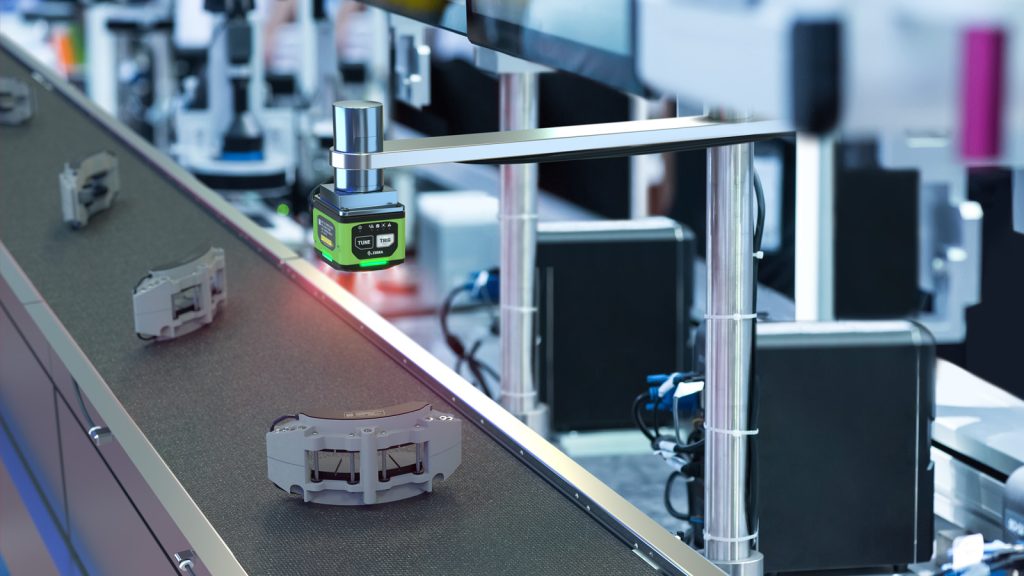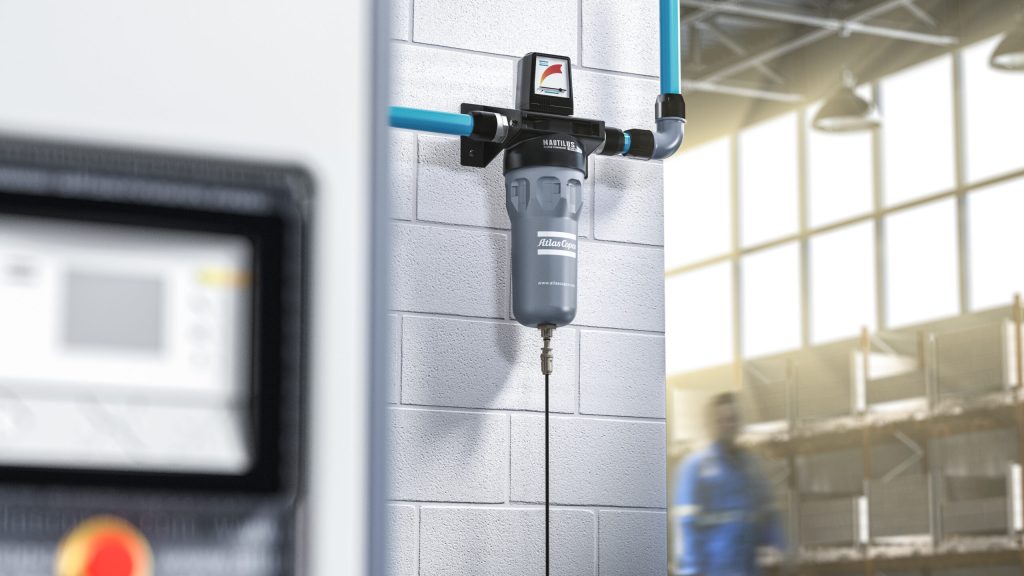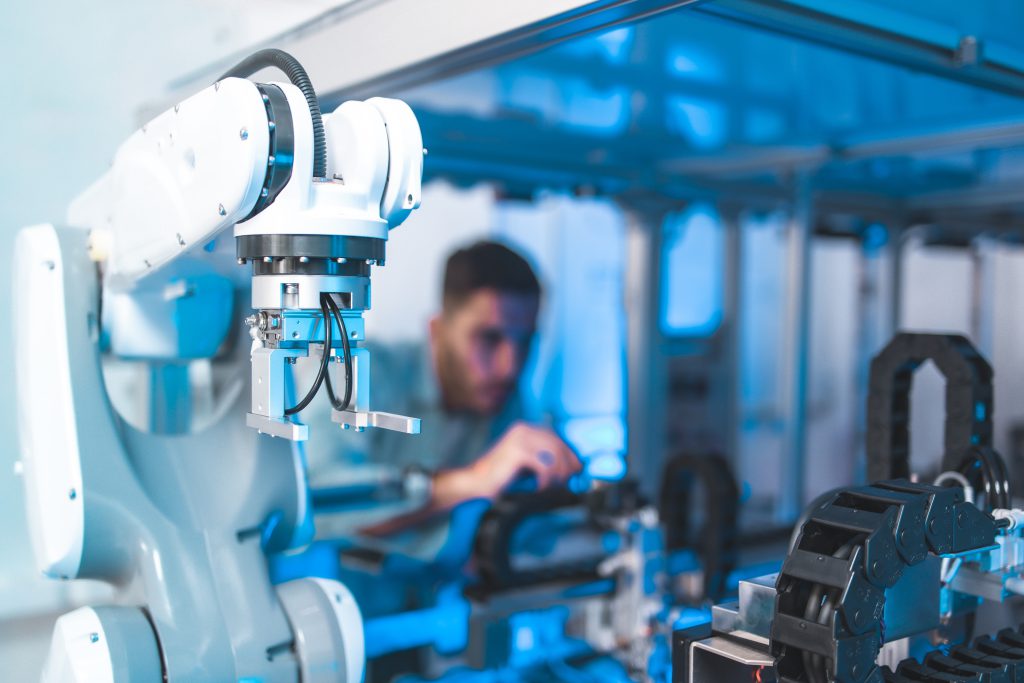Air compressors are fundamental to numerous industrial and commercial applications, providing the essential compressed air needed for pneumatic tools, machinery, and various processes. Understanding the mechanics behind air compressors is crucial for selecting the right equipment, maintaining performance, and optimizing efficiency. At Pneumation.ca, we offer expert insights into air compressors and their operation. This comprehensive overview will delve into the mechanics of air compressors, including their types, working principles, components, and best practices for maintenance and operation.
1. What Is an Air Compressor?
- Definition and Purpose: An air compressor is a mechanical device that converts power into potential energy stored in compressed air. This compressed air can then be used to power pneumatic tools, machinery, and various industrial processes.
- Basic Operation: Air compressors work by drawing in ambient air, compressing it to a higher pressure, and then storing it in a tank or delivering it directly to the point of use.
Example: In a factory setting, an air compressor might supply compressed air to operate pneumatic tools, conveyor systems, and other equipment.
2. Types of Air Compressors
- Reciprocating Compressors: These are positive displacement compressors that use pistons driven by a crankshaft to compress air. They can be single-stage or multi-stage, depending on the application requirements.
- Single-Stage Compressors: Compress air in one stroke of the piston. Suitable for lower pressure applications.
- Multi-Stage Compressors: Compress air in multiple stages, providing higher pressures and better efficiency for more demanding applications.
- Rotary Screw Compressors: These use two interlocking helical screws to compress air. They are known for their efficiency and ability to deliver a continuous flow of compressed air.
- Lubricated Screw Compressors: Use oil for lubrication and cooling, providing high efficiency and durability.
- Oil-Free Screw Compressors: Use special coatings and materials to avoid oil contamination, ideal for applications requiring clean air.
- Centrifugal Compressors: These are dynamic compressors that use a high-speed rotating impeller to increase the velocity of air, which is then converted into pressure. They are typically used for high-flow, high-pressure applications.
Example: A rotary screw compressor might be used in a large manufacturing plant for continuous air supply, while a centrifugal compressor might be employed in a large-scale chemical processing facility.
3. Key Components of Air Compressors
- Intake Valve: Regulates the entry of air into the compression chamber. It opens to allow air in and closes during compression to trap the air.
- Compression Chamber: The space where air is compressed. In reciprocating compressors, this is where the piston moves; in rotary screw compressors, it’s where the screws compress the air.
- Discharge Valve: Releases the compressed air from the chamber into the storage tank or directly to the system.
- Storage Tank: Stores the compressed air for use, helping to stabilize pressure and provide a reserve of compressed air.
- Motor: Powers the compressor by converting electrical energy into mechanical energy to drive the compression process.
- Cooling System: Prevents overheating of the compressor components. This can include air or water cooling systems.
Example: In a reciprocating compressor, the intake valve opens as the piston moves down, allowing air to enter the compression chamber, which is then compressed as the piston moves up.
4. How Air Compressors Work
- Intake: Ambient air is drawn into the compressor through an intake valve.
- Compression: The compressor mechanism (piston, screws, or impeller) compresses the air to increase its pressure. In reciprocating compressors, this involves the upward and downward motion of a piston; in rotary screw compressors, it involves the turning of interlocking screws.
- Cooling: Compressed air and compressor components are cooled to prevent overheating.
- Storage or Delivery: The compressed air is either stored in a tank or delivered directly to the point of use. The discharge valve controls the release of compressed air.
Example: In a rotary screw compressor, air is compressed between two rotating screws, then cooled by a separate cooling system before being stored in a tank or delivered to the end-use application.
5. Best Practices for Air Compressor Maintenance
- Regular Inspection: Conduct regular inspections to check for signs of wear, leaks, or damage. Ensure all components are in good condition and functioning correctly.
- Filter Maintenance: Clean or replace air filters regularly to ensure proper airflow and prevent contaminants from entering the compressor.
- Oil Changes: For lubricated compressors, change the oil according to the manufacturer’s recommendations to ensure proper lubrication and cooling.
- Check Belts and Hoses: Inspect belts and hoses for wear and replace them as needed to prevent failures.
- Monitor Performance: Use gauges and monitoring systems to keep track of pressure levels, temperature, and other critical parameters. Address any deviations promptly.
Example: Regularly checking the oil level and quality in a rotary screw compressor ensures that the compressor remains lubricated and operates efficiently.
6. Troubleshooting Common Issues
- Low Pressure: Low pressure can be caused by leaks, worn components, or insufficient intake air. Check for leaks, inspect the intake system, and ensure all components are functioning properly.
- Overheating: Overheating can result from inadequate cooling, high ambient temperatures, or excessive load. Ensure the cooling system is functioning correctly and that the compressor is not overloaded.
- Unusual Noise: Unusual noises may indicate mechanical issues or wear. Inspect the compressor for loose parts, damaged bearings, or other mechanical problems.
Example: If a compressor is overheating, check the cooling system and verify that the compressor is not operating beyond its rated capacity.
7. Energy Efficiency and Cost Savings
- Optimizing Energy Use: Implement strategies to optimize energy use, such as using energy-efficient compressors, minimizing air leaks, and adjusting pressure settings to match actual needs.
- Regular Maintenance: Regular maintenance helps prevent issues that can lead to inefficiencies and higher operating costs. Keeping the compressor in good condition ensures optimal performance and energy savings.
Example: Installing an energy-efficient compressor and addressing air leaks in a system can result in significant cost savings and improved overall efficiency.
Understanding the mechanics of air compressors is essential for selecting the right equipment, maintaining performance, and optimizing efficiency. By grasping the principles of operation, types of compressors, key components, and best practices for maintenance, you can ensure reliable and efficient operation of your pneumatic systems. At Pneumation.ca, we are dedicated to providing high-quality air compressors and expert support to meet your needs. For more information or assistance with air compressors, contact us today.







